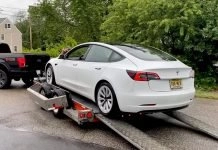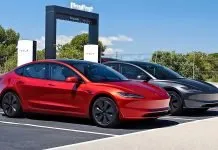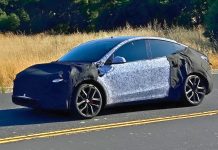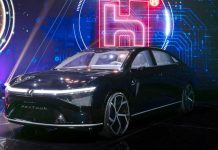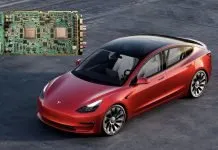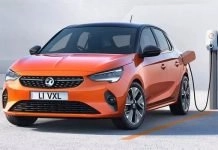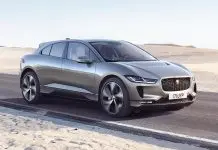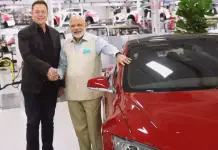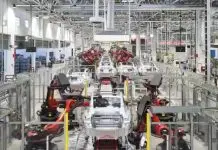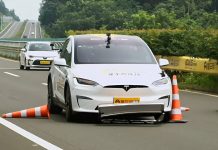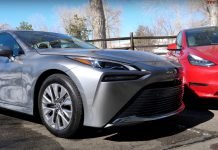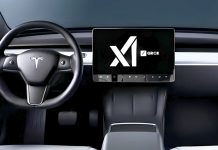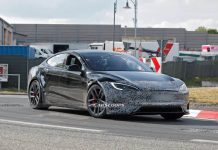Cybertruck, which resembled a vehicle from a science fiction movie, Elon Musk promised a revolution in the electric vehicle market. It was marketed as a revolutionary advancement in the automotive industry because of its angular, stainless-steel body, “bulletproof” windows, and unorthodox design. However, just months into full production and five years after its debut, the much-anticipated Cybertruck seems to be hitting a wall—and not in the crash-test sense.
According to recent reports, Tesla has unsold Cybertruck inventory valued at over $800 million. That amounts to over 10,000 units sitting on lots all over North America, transforming what should have been a daring declaration into a metallic disgrace.
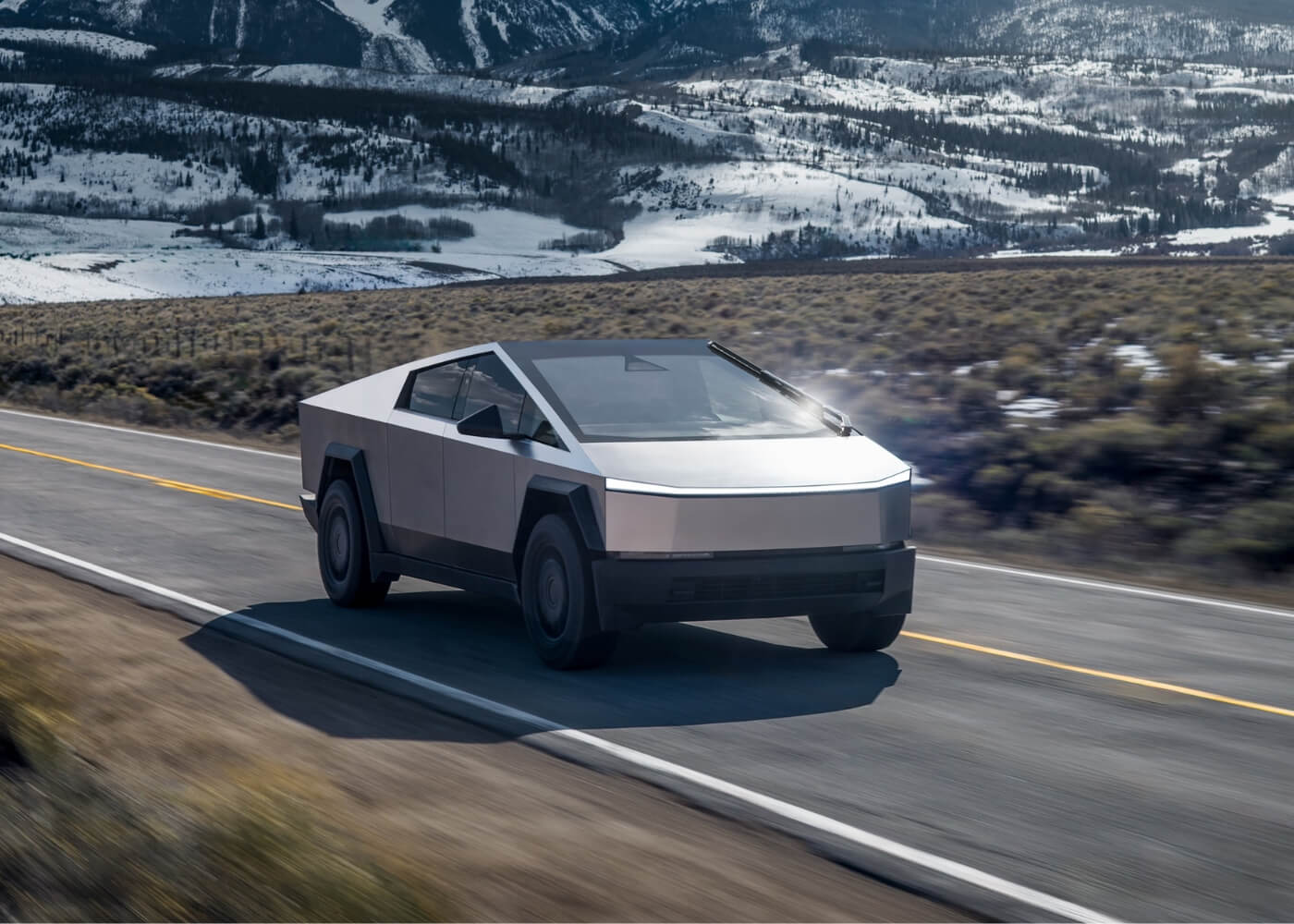
Tesla Cybertruck Unsold Inventory
Initially, Tesla aimed to sell 250,000 Cybertrucks a year. Now, that estimate seems overly exaggerated. In the first quarter of 2025, Tesla managed to sell only 6,500 units, which was much less than anticipated. Even the April release of a new rear-wheel-drive model that was more reasonably priced at $69,990 did not spark much interest.
Dealerships are reportedly having trouble moving inventory, and customers’ reluctance is caused by several factors, such as doubts about the design, worries about quality control, and general problems with Tesla and its CEO’s reputation.
Design or Disaster?
The Cybertruck’s polarized design has drawn criticism. Many customers are still not convinced, despite Musk’s claim that it is an aesthetic of strength and innovation. The car’s large, angular appearance, which deviates from conventional auto design standards, has turned off mainstream consumers. And then we have seen multiple quality control issues related to Cybertruck, such as irregular panel gaps, steering system problems, and software bugs, further muddying the vehicle’s reputation. All of these issues have cast doubt on the Cybertruck’s dependability and practicality.
Beyond the physical vehicle, the Cybertruck has turned into a political and cultural hot spot. Tesla’s once-glowing brand has been tarnished by Musk’s increasingly contentious public actions, such as his interactions with far-right political figures and divisive remarks on social media.
The truck has even been called the “Swasticar” by some internet critics, a scathing indictment of Musk’s affiliation with extreme ideologies. Whether accurate or overblown, the nickname highlights how drastically the public’s perception of Tesla and its leadership has changed in recent years.
Production Pullback and Strategic Retreat
Tesla has started rerouting some employees from the Cybertruck production line to the more reliable and lucrative Model Y line in a subtle but significant move. Analysts say the decision speaks for itself, even though Cybertruck sales revisions have not been officially announced. According to one auto industry analyst, “Tesla knows when to cut its losses and the writing is on the wall.” “The Cybertruck is not moving, and it is not economically sound to keep factories running for a failure.”
Conclusion
Although early adopters who appreciate the Cybertruck’s distinctiveness and tough appeal may still support it, their numbers are insufficient to support Tesla’s bet. The car is now clogging parking lots and hurting the company’s balance sheet rather than redefining the roads. Musk’s meteoric rise to fame in the automotive industry now runs the risk of turning into a warning about hubris, exaggeration, and a stark discrepancy between his lofty goals and the realities of the market.

